Roberto Bolano, 'The Savage Detectives' (1998)
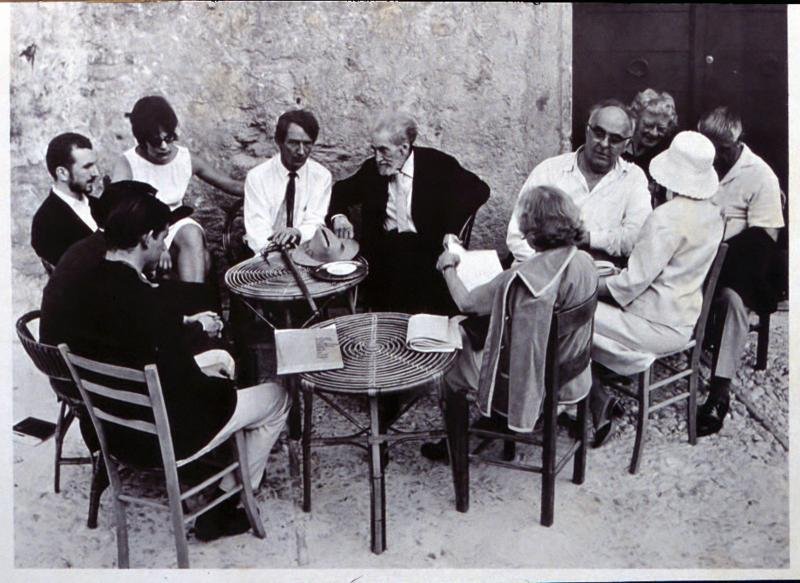
First opened with readerly intent on a bench in Richmond, overlooking the Thames. Then read while walking along the river. I don’t usually combine these activities, walking and reading, as it makes me self-conscious, but it felt like the kind of thing the characters would do and I didn’t know much about them then. I tried it on for size.
One way of putting it is that Bolano’s Savage Detectives is about what writers do when they aren’t writing. Ultra-Modernist texts, the kinds written by Savage Detectives, demand bizarre lifestyle choices from those who produce them, they skewer lives, pierce them with bizarre imperatives. Bolano’s Savage Detectives is about what writers do rather than what they write, but these doings are the preparations, appetites, permissions, predilections, conditionals, projections attached by necessity, we assume, to the particularities of their writing. Savage Detectives don’t just try to write when they have pens in their hands or fingers on their typewriters, for them the actual act of writing is an intensification of a life-procedure spread unevenly across the various zones of their lived experience. Belano and Lima sell weed.
Before style comes lifestyle, before affect-creation comes affectation – innocuous decisions are made as implicit answers to the constant implicit question: which route through the day is the one that harkens to the dictates of a distantly envisioned text? Belano and Lima sell weed and they are repeatedly forceful in their insistence to foot the bill, no matter the company, on principle. Actions delivered as glimpses of style-in-embryo, actions that imply a particular approach to the composition of sentences.
Their writings and acts of writing are placed on the other side of a partition behind which we can’t see (Maria Teresa hears the hammer of Belano’s typewriter through the thin walls of their shared apartment, and talks to him during his breaks, when he sips herbal tea in the kitchen). Their doings are delivered to us untethered from their moorings and its hard to tell whether they’re rolling at the insistence of thick currents or just drifting. Why do Belano and Lima sell weed? They are repeatedly forceful in their insistence to foot the bill, no matter the company, but on what principle? Belano disappears in Liberia.
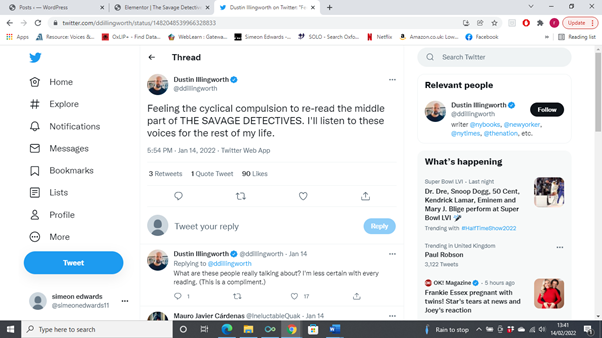
The novel’s grandiose middle section is a rolling series of first-person accounts. The narrators are variously placed in relation to the phenomenon of the fictitious ‘visceral realist’ movement in Mexican poetry.
If an artistic movement could speak this is how it would do it: as a collage of inter-ravaged memories, a mire of voices and doings piercing through into each-others voices and doings, mutually extricating.
Bolano was a master of the short-story but also a master of re-appearance.
The experimental poet Cesarea Tinajero, elected predecessaor of the visceral realists, disappeared into the Sonoran desert. A fellow-poet of her generation and friend, Amadeo Salvatierra, remembers it thus:
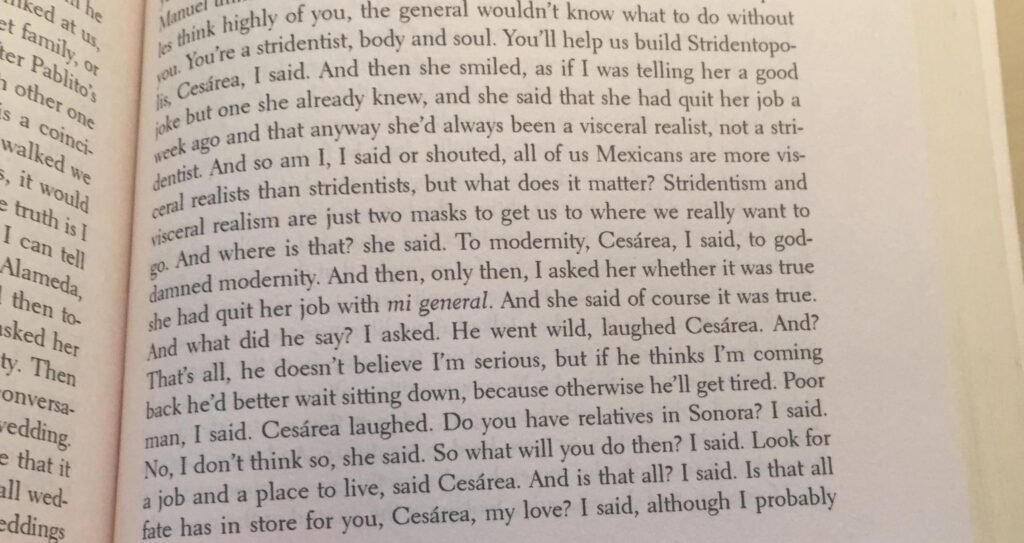
‘Deep down you’re a reactionary, Amadeo’ – incredible words for one of the founders of Stridentism! for one of the warden of unbuilt Stridentopolis, that envisioned bastion of Mexican Modernism, envisioned with more ambitious conceit than even the mega-proportions of a solidarity-crammed Rivera mural would be able to contain.
Tinajero, removing herself from circulation, from the routine of re-appearance, takes a self-conscious step out of the gameworld of avante-gardism and into the zone of super-affectation, of gigantic life-gestures

a zone peopled by hermits and, less convincingly, by charismatics
Belano, Lima and company follow her there, into the last section of the novel, into the Sonoran desert (the desert, that composition-resistant material). Determined to force her into a re-appearance.
In a town hall’s archive they find mention of a mysterious, poetess girlfriend in the obituary of a deceased bullfighter, ‘charged by the bull as he prepared to deliver the coup de grace, a thing at which Avellaneda had never excelled given how short he was’.
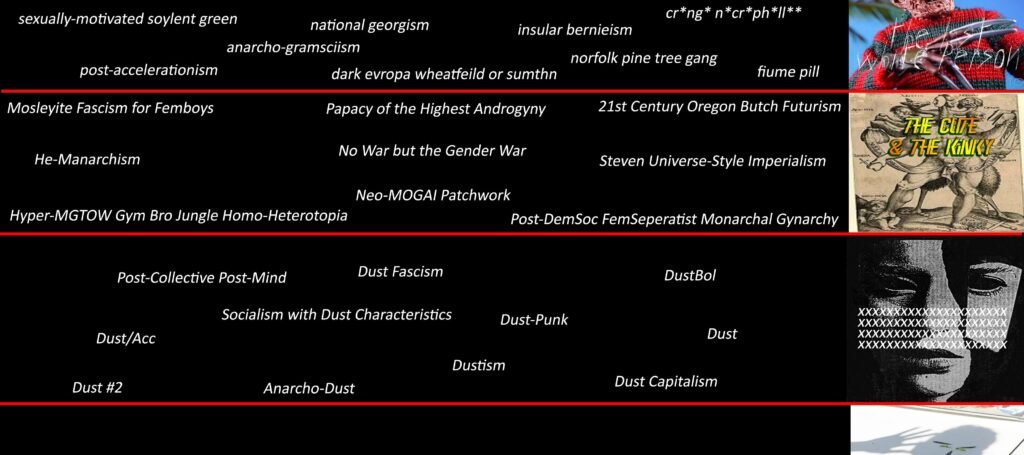
If an artistic movement, in its totality as a historical time-slice organism, could speak this is how it would do it, using these giant cross-sections of shared-memory terrain. In a bundle of through-lines between porous chunks of lived experience. The through-lines are the movement itself, the reasons its members give themselves to meet, pulling them into each-others afternoons like pegs on a clothesline. If an artistic movement could speak this is how it would do it. Commutative communality. Test that thesis. Savage Detectives can function as an animatronic armature over which a patchy collage of historical details and snapshots can be superimposed and then ventriloquised. When a puppet is ventriloquised its random collection of recognitive prompts (goggle eyes and a top hat) are suddenly given the cohesion of a centralised impetus, a borrowed nervous system, they gain in expressiveness, in detail, in drama.
Test that thesis. Assemble the puppet ‘face’: What do I know about the New York School? Not a huge amount. 50’s and 60’s New York, Warhol New York (probably unaffiliated), homosexuality, button-up shirts, poetry readings in smoky rooms, O Hara, Ashbery, Koch, skyscrapers, ‘Lunch Poems’, not-the-Beats, Ashbery in old age. Drape it over
Drape it
over the animatronic
or insert the hand,
the fingers
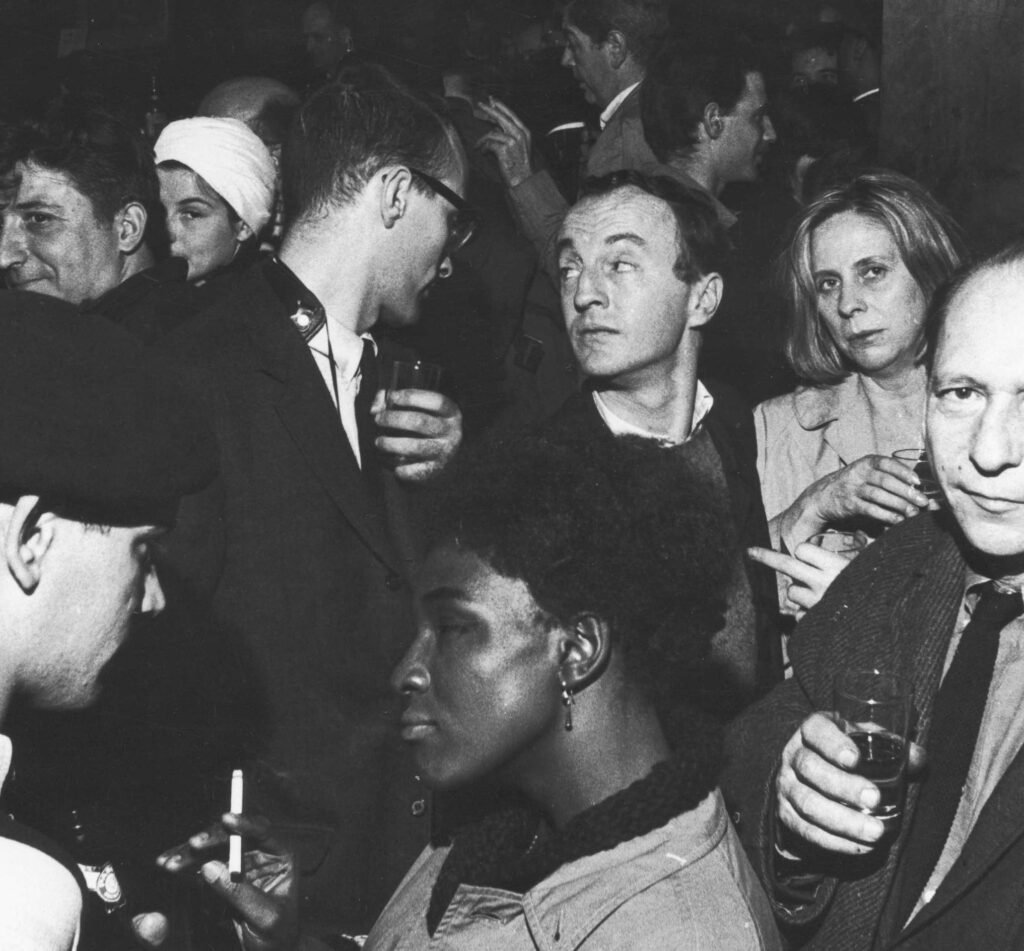
right up to its edges, these are the points of connection, the centres of articulation: the tense space separating the visceral realists from Octavio Paz, an institution, less tense in the case of the New York School and Warhol (also an institution) I imagine – in the latter case a placid, amused looking across, open to the possibility of art-world gossip. Koch and Lima, O Hara and Belano, why not? O Hara can borrow thoughts and activities and the New York streets that he walks down can borrow the lustre given to Mexico City by the fact that the poets live and think about and within it.
It borrows episodes and side-characters, it re-awakens me to the fact that the New York School would have included episodes and been intermixed with side-characters and isn’t just leftover poems and photos and, if I were to watch a documentary about it, beautifully wrinkled talking heads.
Because Savage Detectives is all about the side-characters. Because it is the footnotes Bolano is most concerned with. They are so much of the avante-garde-organisms sinew and flesh, the engine room, the air-conditioning, the moving pieces – without them the board looks empty and it’s unclear how things ever came together on it. They are the other people in the photos or paintings, the ones your eyes slide across, who still lived in exactly the same style as the ones your eyes pass over them in search of: as if they could one day be behind the particular set of paint-strokes sought by your moving gaze, the ones your eyes would stop at. The footnotes would have had their own styles and lifestyles.

Becuase Savage Detectives is all about the footnotes. Even Belano and Lima, it is suggested, were only sideshows in the story of Mexican letters, largely forgotten.
But there are moments where we can watch, as if in slow motion, their lives turn into ‘The Lives of the Artists’ before them, watch as their doings turn, before their eyes, into staging posts that mark a path leading towards the emergence of ultra-modern styles. The enumerated lives of Savage Detectives are full of discontinuities, moments (glosses on the High Modernist ‘epiphany’), activities that develop their own centres of gravity unpeeling from their surroundings becoming fascinated by their centres. Modero tosses balls of dirt behind himself without turning around to look where they land, ignoring the fact that others are waiting for him in the car. These acts are a becoming-analogous to poetry and the centre of gravity that it has and that each poem has, discovers for itself. Writing itself is absent from Savage Detectives but many moments verge on it.


gameworld ->
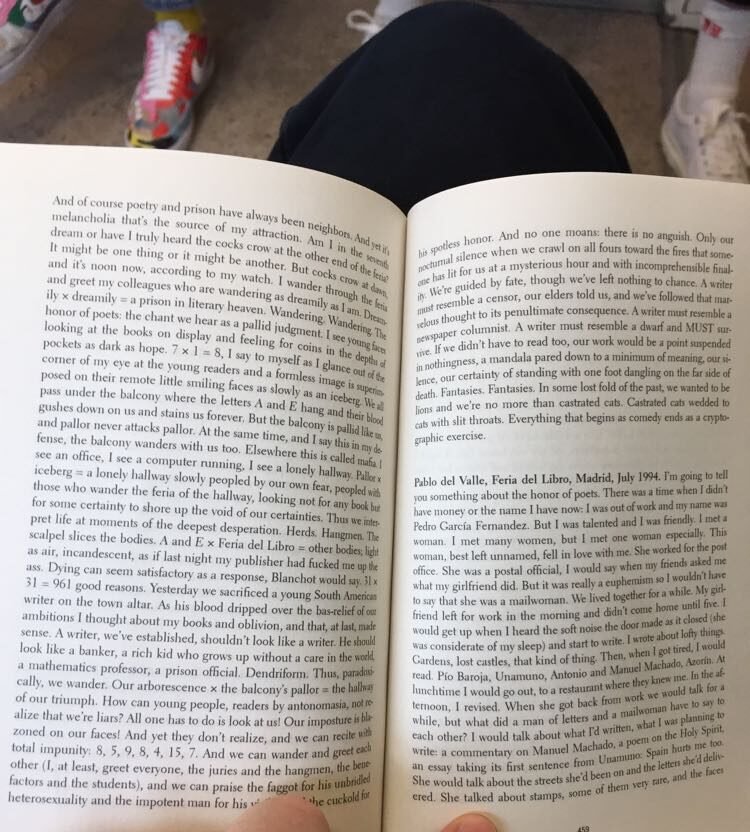
gameworld ->
The moments are snapshots of games that have been stumbled into, and the poems are the essential by-products of gameplay, snapshots that can be passed through on purpose, and the Savage Detectives is on some level set in the gameworld shared by all lives fired by literature, lives which from the outside seem disconcerting, with zombie-like exteriors.
gameworld ->
